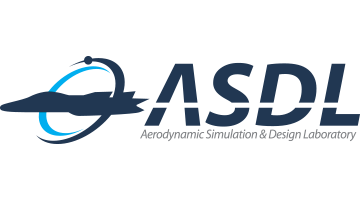Nozzle side Load Analysis
Flow separation in nozzles is an undesirable phenomenon because it, among others, causes lateral forces known as side-loads. To avoid flow separation, rocket engines are equipped with a nozzle designed for a specific operation altitude. Nevertheless, flow separation is inevitable at engine startup and shutdown phases, during which chamber pressure is lower than the engine design condition. Indeed, side-load problems during engine startup and shutdown processes have been reported in many cases including the J-2S engine, the Space Shuttle Main Engine (SSME), the LE-7A engine, and the VULCAIN engine. Thus, the detailed analysis of the pattern of flow separation and the prediction of side-loads as a result are essential to prevent unexpected engine breakdowns at startup and shutdown phases.
The research objective is to conduct numerical analysis of flow separation and side-loads in the Korea Space Launch Vehicle-II (KSLV-II) rocket engines. Fluid-Structure Interaction (FSI) simulation is also carried out to investigate aero-elastic coupling between side-load and nozzle structure.



Fig. 2. FSI simulation for KSLV-II 3rd stage rocket engine nozzle>

Fig. 3. Fluid simulation for KSLV-II 1st stage 4-cluster rocket engine






